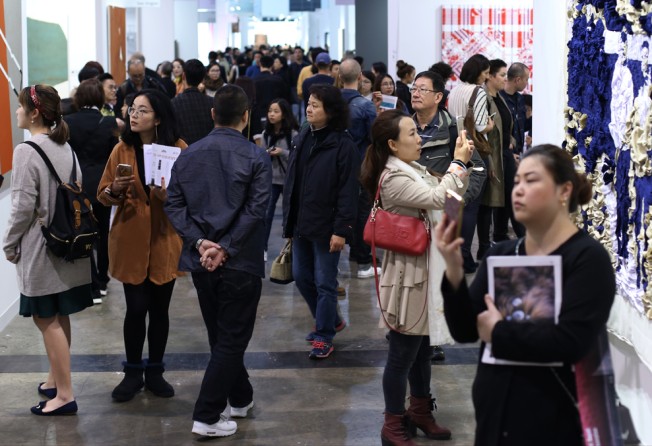
When Chinese emperors were the biggest patrons of art
There's nothing new about the business of art, Wee Kek Koon reflects after seeing Art Basel Hong Kong


March is an exciting month in Hong Kong for art connoisseurs and enthusiasts, with the profusion of fairs and their attendant events and activities.
I prefer to look at art and other beautiful objects in a quiet milieu and at my own leisure, preferably in a museum where visitors can enjoy the artwork for a small fee. By my second visit to Art Basel Hong Kong (a friend had a free pass), I’d had enough. Art fairs are all about packing the crowds in, promotion and sales, and profit generation for ancillary industries such as Mice (meetings, incentives, conferences and exhibitions), F&B, publishing and even luxury products. As its designation suggests, an art fair is a market. A rarefied market of air kisses and champagne flutes, but a market nonetheless. And why not?

The symbiosis between art and mammon, artists and their moneyed patrons, is certainly not a recent phenomenon in China, or anywhere else in the world. The biggest patron and collector of artwork in pre-modern China was the emperor, whose palace and rooms were decorated with paintings, portraits, calligraphic works and objets d’art. Some rulers, such as the Qianlong Emperor (1711- 1799) of the Qing dynasty, were avid collectors who amassed huge collections of artworks from previous dynasties. However, many such precious collections were destroyed by the wars that accompanied dynastic changes, foreign invasions, theft and plunder, and simple neglect.